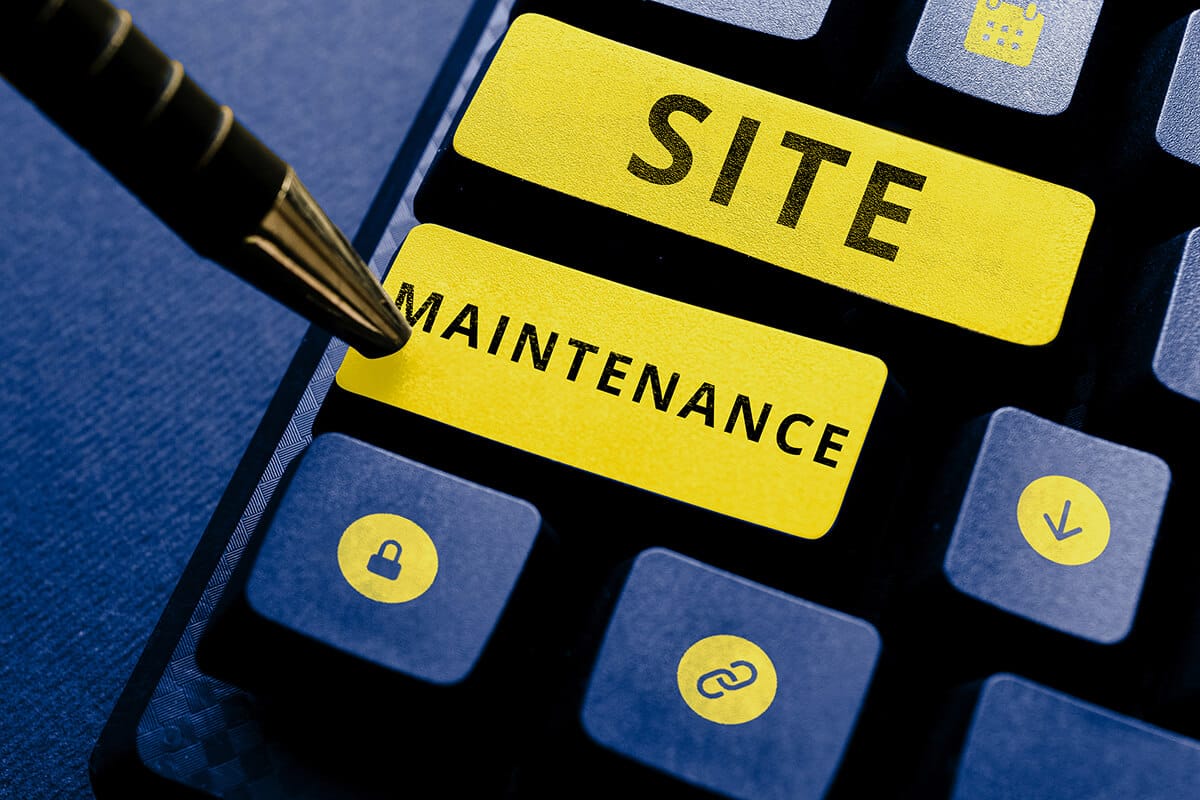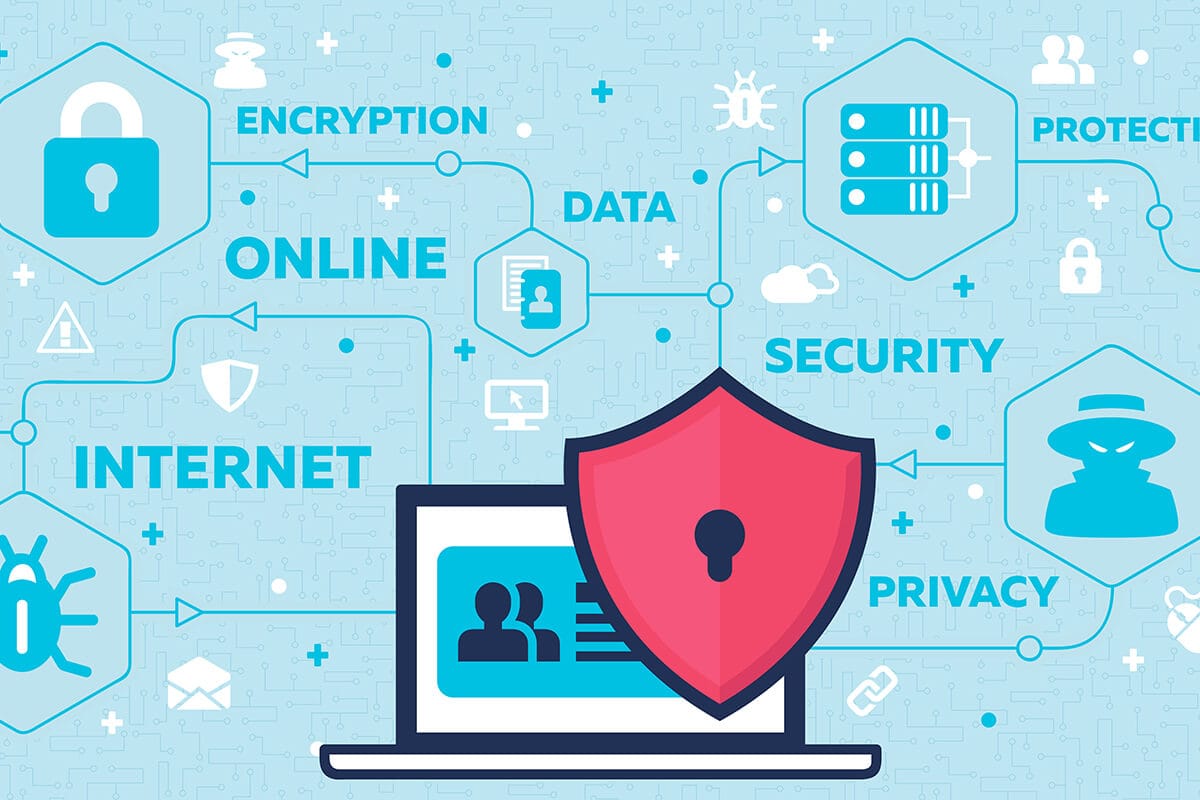The Essential Role of Website Maintenance in WordPress Security
In the digital age, a website is often the first point of contact between a business and its potential customers. However, the responsibility doesn’t end with creating a visually appealing and user-friendly website. Ongoing website maintenance, especially for WordPress sites, is crucial for ensuring security, performance, and reliability. This blog post delves into the importance of regular website maintenance, with a specific focus on WordPress and security.
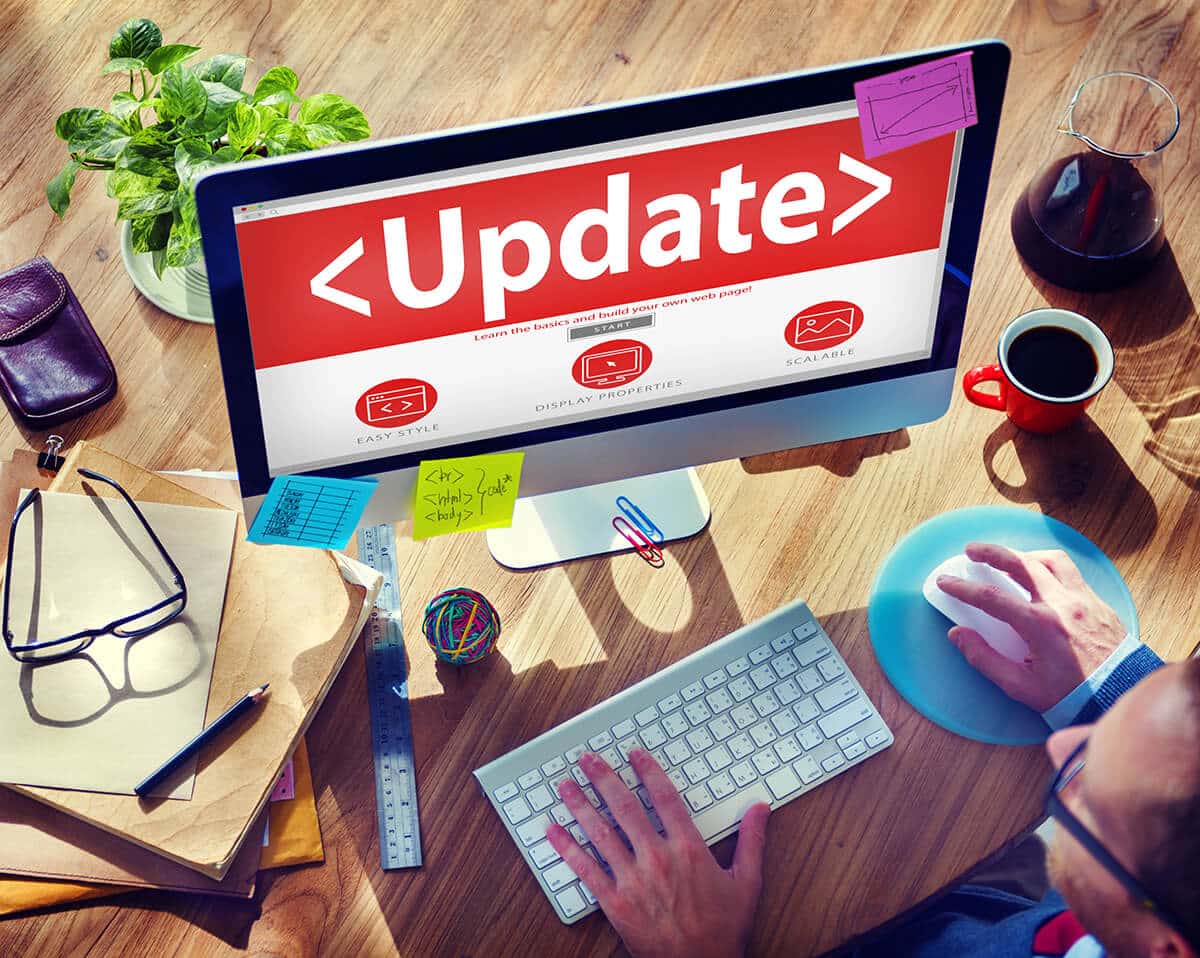
1. Understanding Website Maintenance: More Than Just Updates
Website maintenance is a critical, yet often overlooked, aspect of managing a digital presence. It’s a broad term that encompasses a range of activities aimed at keeping a website up-to-date, secure, and functioning optimally. In the context of WordPress, which powers a significant portion of the web, this maintenance takes on additional layers of complexity and importance.
The Basics of Website Maintenance
At its core, website maintenance involves regular checks and updates to ensure that all components of a website are working as intended. This includes updating content, ensuring that links are functional, and that the website’s design remains visually appealing and user-friendly. However, it goes beyond these surface-level tasks. Maintenance also involves monitoring website performance metrics, such as load times and downtime, which are crucial for providing a positive user experience. Regular maintenance helps in identifying and fixing broken links, outdated information, and other issues that can detract from the website’s effectiveness and professional appearance.
For businesses, a well-maintained website is essential for maintaining customer trust and engagement. It reflects the brand’s commitment to quality and reliability. In the digital world, a website is often the first interaction a customer has with a business, and first impressions matter immensely.
WordPress-Specific Considerations
WordPress, known for its ease of use and flexibility, is the CMS of choice for millions of websites. However, its popularity also makes it a frequent target for cyber threats. WordPress websites require regular updates for several reasons:
- Security: WordPress releases updates that often include patches for security vulnerabilities. Given the open-source nature of WordPress, these vulnerabilities, if left unpatched, can be exploited by hackers.
- Performance: Updates can also bring enhancements that improve the speed and efficiency of your website, which are key factors in user experience and SEO.
- Compatibility: WordPress operates in an ecosystem of themes and plugins. Regular maintenance ensures that these components are compatible with each other and with the latest version of WordPress.
In conclusion, website maintenance, especially for WordPress sites, is much more than just updating content or refreshing the design. It’s a comprehensive approach to ensure that the site remains secure, efficient, and aligned with the evolving digital landscape. Regular maintenance not only protects the website from potential security threats but also reinforces its role as a vital asset in a business’s digital strategy. Neglecting this crucial aspect can lead to a host of problems, ranging from minor inconveniences to major security breaches, ultimately affecting the business’s reputation and bottom line.
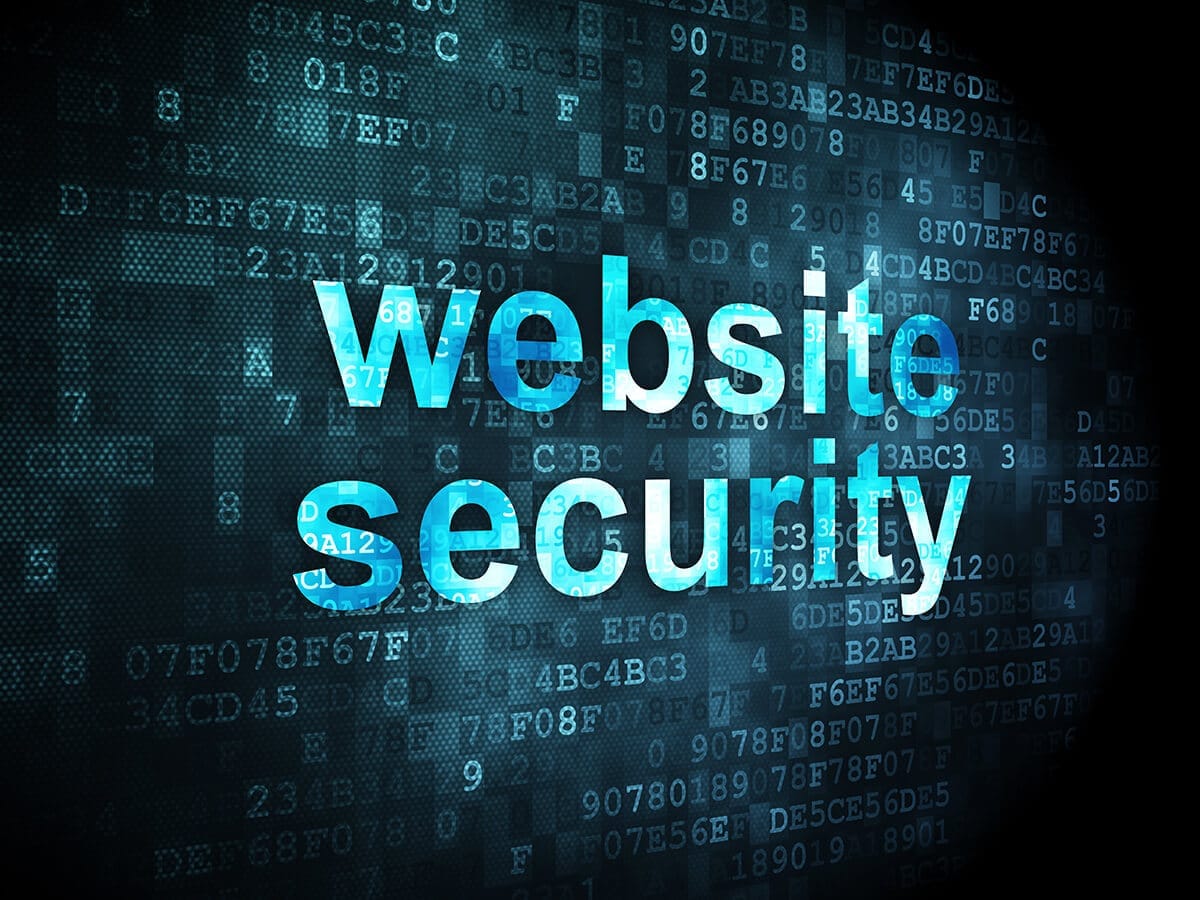
2. The Security Imperative in Website Maintenance
In the realm of website management, particularly for WordPress sites, security is not just a feature; it’s an imperative. The open-source nature of WordPress, while fostering a rich ecosystem of themes and plugins, also makes it a frequent target for cyber threats. This section delves into the common security threats faced by WordPress sites and the proactive measures necessary to safeguard them.
Common Security Threats to WordPress Sites
WordPress’s popularity is a double-edged sword. Its widespread use makes it a prime target for cybercriminals. Key threats include:
- Malware Attacks: These involve malicious software being injected into your site, which can lead to data theft, site defacement, and even distribution of malware to site visitors.
- Brute Force Attacks: Here, attackers use automated software to generate a large number of guesses to gain unauthorized access to your site.
- SQL Injections: This occurs when an attacker exploits vulnerabilities in your website’s database, potentially gaining access to sensitive data.
- Cross-Site Scripting (XSS): This involves attackers embedding malicious scripts into your web pages, which can then affect your users.
Each of these threats can not only disrupt your website’s functionality but also compromise sensitive user data, leading to a loss of trust and potential legal repercussions.
Proactive Security Measures
To combat these threats, regular maintenance and proactive security measures are essential. Key strategies include:
- Regular Updates and Patches: WordPress frequently releases updates that address known vulnerabilities. Keeping your WordPress core, themes, and plugins updated is your first line of defense against attacks.
- Security Plugins: Utilizing reputable security plugins can bolster your defenses. These plugins can offer features like firewalls, malware scanning, and regular security audits.
- Strong Password Policies: Implementing and enforcing strong password policies for your WordPress admin area is crucial. For increased security, promote the use of complex passwords and consider implementing two-factor authentication.
- Regular Backups: In the event of a security breach, having a recent backup of your website can be a lifesaver. Ensure regular backups are part of your maintenance routine.
- Hosting Environment Security: Choose a hosting provider known for its strong security measures. Good hosting providers offer features like regular monitoring, SSL certificates, and support in case of security breaches.
In conclusion, the security of a WordPress site is heavily dependent on regular and thorough maintenance. You can safeguard your online presence and substantially reduce the likelihood of security incidents by diligently applying updates, implementing strong security protocols, and maintaining regular backups as a precautionary measure. Remember that your website’s security is equally as important as the content it hosts in the digital realm.
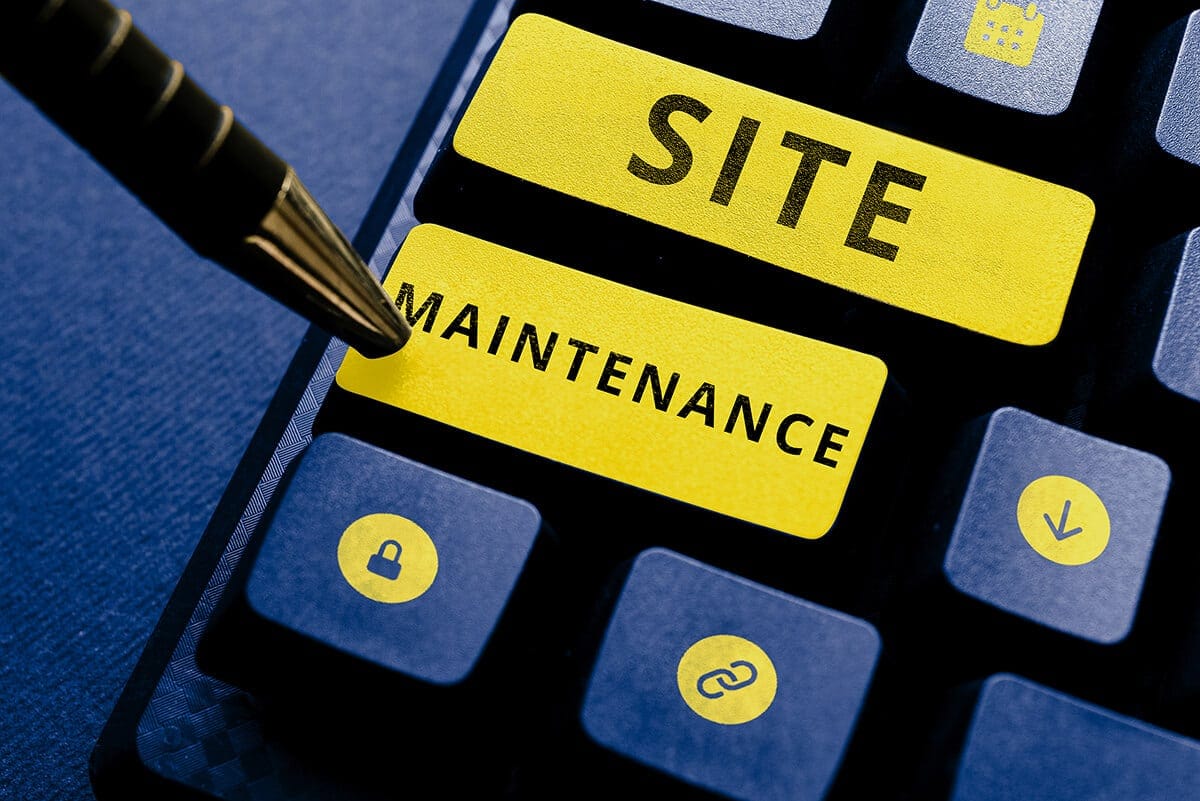
3. The Impact of Neglecting Website Maintenance
Neglecting website maintenance, particularly in WordPress, can lead to a cascade of problems, both immediate and long-term. In the short term, the risks are often direct and palpable. Websites that are not regularly updated are prone to security vulnerabilities. These vulnerabilities can be quickly exploited by hackers, leading to malware infections or worse, data breaches. Such incidents not only disrupt website functionality but can also compromise user data, eroding trust and damaging the website’s reputation.
From a user experience perspective, a poorly maintained website may suffer from slow loading times, broken links, or outdated content, all of which frustrate visitors and increase bounce rates. This immediate impact is just the tip of the iceberg.
In the long term, the consequences can be even more severe. Search engines like Google prioritize the security and user experience of websites in their ranking algorithms. A neglected website, riddled with security issues and poor user experience, is likely to suffer in search rankings. This decline in SEO performance can lead to reduced visibility, lower traffic, and ultimately, a decrease in revenue or conversions. The cumulative effect of these issues can be a significant setback for any business, underscoring the critical importance of regular website maintenance.

4. Best Practices in WordPress Website Maintenance
Maintaining a WordPress website is akin to tending a garden; regular care ensures healthy growth and prevents invasive pests. In the digital realm, these pests are security vulnerabilities and performance issues. Here are some best practices to keep your WordPress site secure and thriving.
Regular Updates and Backups
Frequency and Methodology
One of the most fundamental aspects of WordPress maintenance is keeping your site up-to-date. This consists of the fundamental WordPress software, plugins, and themes. Each update not only brings new features but also patches security vulnerabilities that have been discovered since the last version. It’s recommended to check for updates at least once a week. However, before making any updates, ensure you have a recent backup.
Backups are your safety net. Should anything go wrong during an update or if your site falls victim to a cyber-attack, a backup allows you to restore your site to its previous state. Automated backup solutions like UpdraftPlus or VaultPress can simplify this process. These tools can be set to regularly backup your site and store the data securely off-site, ensuring that you have a recent version of your site saved at all times.
Continuous Monitoring and Auditing
Importance and Tools
Regular monitoring and auditing of your WordPress site are crucial for identifying and addressing potential security threats before they become problematic. This involves checking your site for malware, scanning for vulnerabilities, and ensuring that all security measures are functioning as intended.
There are several tools available for this purpose. Wordfence Security, for instance, offers a comprehensive suite of WordPress security tools including malware scanning and real-time threat defense. Another valuable tool is Sucuri, which not only scans for malware but also offers website firewall protection.
Auditing your site also means reviewing user access and privileges. Ensure that only trusted individuals have administrative access and that their accounts are secured with strong, unique passwords. Additionally, consider implementing two-factor authentication for an added layer of security.
Regularly reviewing your site’s activity logs can also provide insights into potential security threats. These logs can help you track changes made to your site and identify any unusual activity that could indicate a security breach.
In conclusion, maintaining a WordPress website securely requires a proactive approach. Regular updates and backups are foundational practices. Coupled with continuous monitoring and auditing, they form a robust defense against the myriad of threats facing websites today. By adhering to these best practices, you not only protect your site but also ensure a safe and seamless experience for your users.
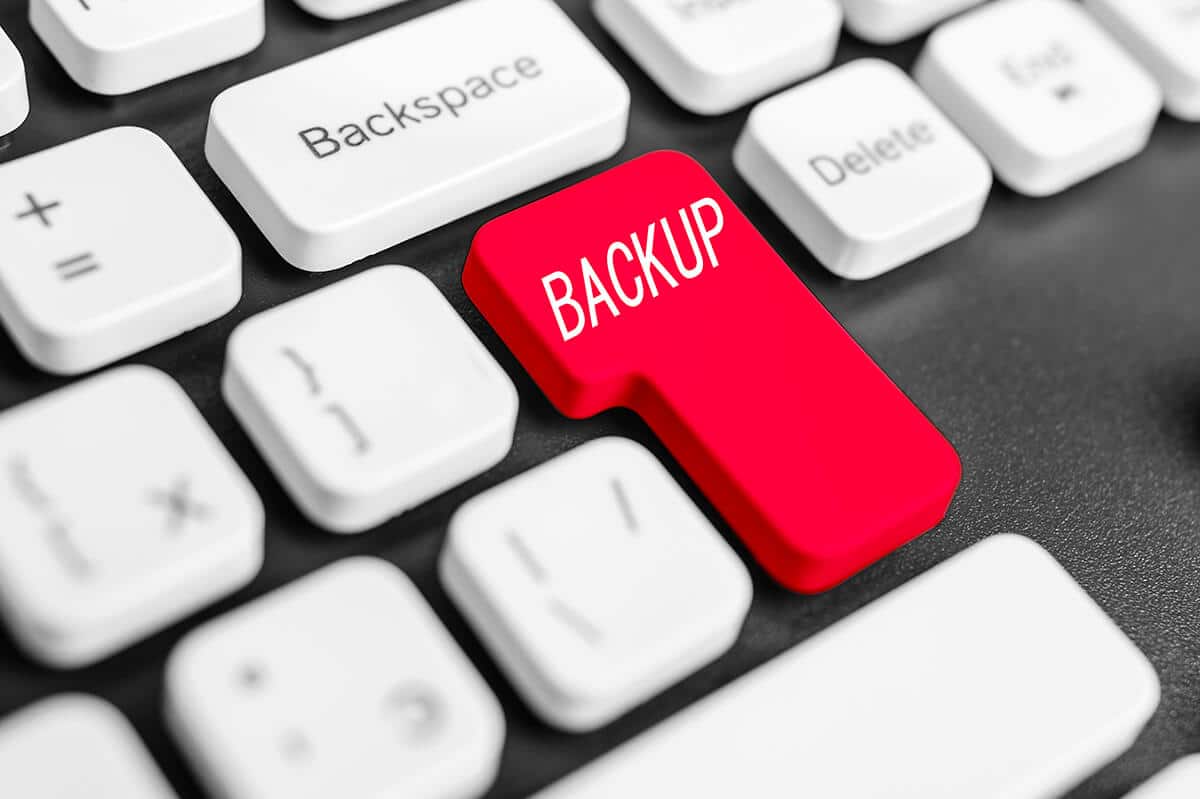
5. Leveraging Professional Help for Maintenance
In the realm of website maintenance, particularly for WordPress, there comes a point when leveraging professional help becomes not just beneficial, but essential. This is especially true when it comes to maintaining robust security measures. While basic maintenance can often be managed in-house, the complexities of security threats and the technicalities involved in safeguarding a website often necessitate a more expert touch.
When to Seek Professional Help: The decision to seek professional assistance usually arises under certain circumstances. If you’re experiencing frequent website downtime, noticing unusual activity, or facing challenges in keeping up with the latest security updates, it’s time to consider professional services. Additionally, if your website starts handling more sensitive data or sees a significant increase in traffic, professional maintenance can ensure that your site remains secure and scalable.
Benefits of Professional WordPress Maintenance Services: The foremost advantage of professional maintenance is the expertise brought to the table. Professionals stay abreast of the latest threats and trends in WordPress security, ensuring that your site is protected against emerging vulnerabilities. They can also provide comprehensive services, including regular backups, optimization for improved performance, and immediate support in case of security breaches. This not only enhances the security and functionality of your website but also gives you peace of mind, allowing you to focus on other aspects of your business. In essence, professional WordPress maintenance services are an investment in your website’s health and your business’s online presence.
Conclusion
In conclusion, regular website maintenance is not just a best practice but a necessity, especially for WordPress users. It goes beyond mere aesthetics, playing a pivotal role in safeguarding against security threats, ensuring optimal performance, and maintaining user trust. Neglecting this crucial aspect can lead to severe short-term and long-term consequences, from immediate security breaches to long-lasting damage to a brand’s reputation and search engine rankings. By embracing consistent maintenance practices, website owners can ensure their WordPress sites remain secure, efficient, and aligned with the evolving digital landscape, ultimately contributing to the sustained success of their online presence.
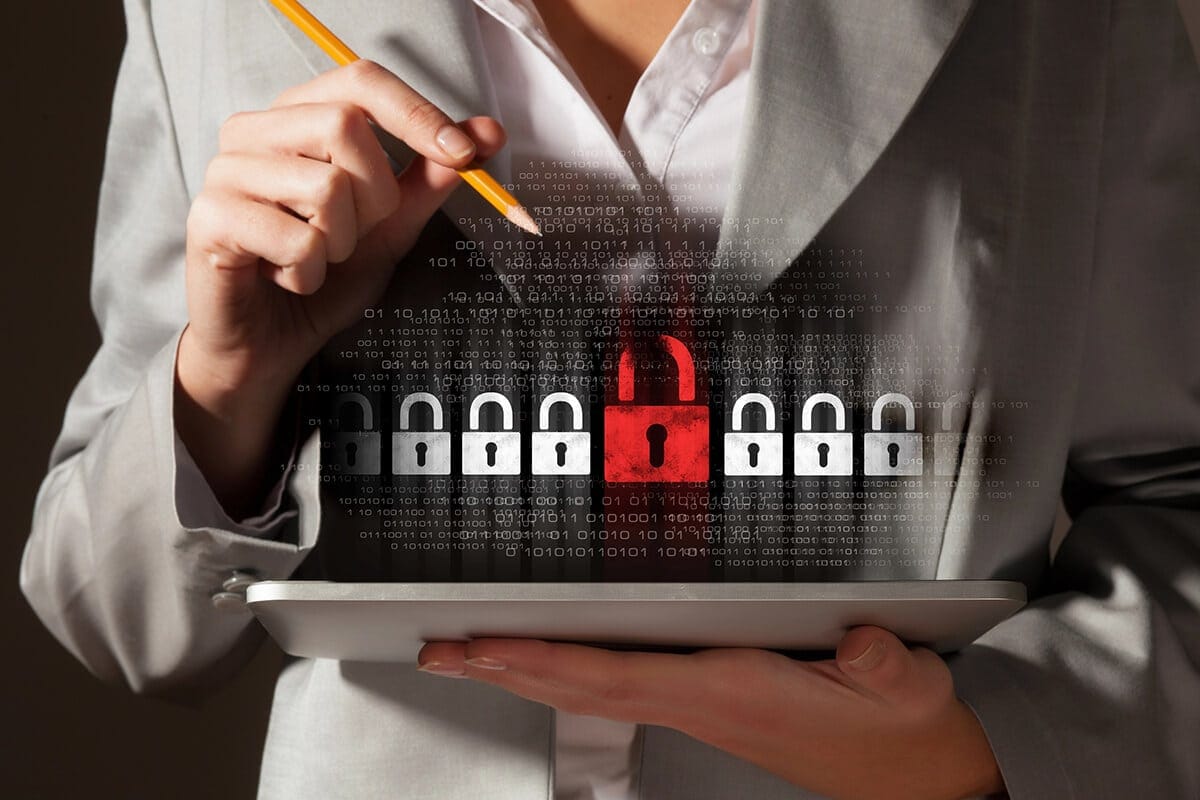
Below, You find additional questions and answers:
Q1: How often should I update my WordPress site?
A1: Based on the insights shared in the blog post, it’s recommended to update your WordPress site regularly to ensure optimal security and performance. Ideally, WordPress core updates, along with theme and plugin updates, should be applied as soon as they are released. These updates often contain security patches and bug fixes that are crucial for protecting your site against vulnerabilities and potential threats.
For a more structured approach, consider checking for updates at least once a week. This frequency ensures that your site benefits from the latest security measures and features, without lagging behind in critical updates. However, it’s important to have a backup of your website before applying any updates, to prevent data loss in case of any compatibility issues or errors during the update process.
Remember, consistent updates are key to maintaining the health and security of your WordPress site, keeping it safe from potential security breaches and ensuring a smooth user experience.
Q2: Can I automate website maintenance tasks?
A2: Certainly! Automation can play a significant role in streamlining website maintenance tasks, particularly for WordPress sites. While not all aspects of maintenance can be fully automated, several key tasks can be managed efficiently through automation tools and plugins.
- Updates: WordPress offers options to automate updates for the core platform, themes, and plugins. This ensures that your site is always running the latest versions, which is crucial for security and performance. However, it’s important to regularly check that these updates are applied correctly.
- Backups: Regular backups are vital for website security and integrity. By scheduling automated backup solutions to operate at predetermined time intervals, one can guarantee the presence of a current copy of their website in the event of data loss or a security breach.
- Security Scans: Automated security plugins can continuously monitor your site for malware, vulnerabilities, and other security threats. They can alert you to potential issues and often fix common problems without manual intervention.
- Performance Checks: Tools are available that automatically monitor your website’s performance, checking for issues like slow loading times or broken links, and alerting you to these problems.
- SEO Monitoring: Some SEO tools can automate the process of monitoring your site’s search engine rankings and the health of your SEO strategies.
While automation greatly aids in maintaining the health of your WordPress site, it’s important to complement these tools with regular manual checks. This ensures that any issues not caught by automated systems are addressed and that the site aligns with your evolving content strategy and business goals. Remember, automation should be seen as a complement to, not a replacement for, regular personal oversight and maintenance.
Q3: What are the signs that my website might be compromised?
A3: Recognizing the signs of a compromised website is crucial for prompt action and minimizing potential damage. Here are key indicators that your WordPress site may have security issues:
- Unexpected Website Changes: If you notice alterations on your site that weren’t made by you or your team, such as new pages, posts, or unfamiliar content, it’s a red flag. Hackers often leave a trail by adding malicious content.
- Slow Loading Speeds: A sudden slowdown in website performance can indicate that your site is burdened with malicious scripts or unwanted software, impacting its efficiency.
- Suspicious User Accounts: Unrecognized user accounts appearing in your WordPress dashboard could be a sign that hackers have gained access and created backdoor entries to your site.
- Unusual Traffic Patterns: A spike in traffic, especially from unfamiliar locations or in odd patterns, can suggest that your site is being targeted or used for malicious activities, such as a botnet.
- Search Engine Warnings: Search engines like Google may display warnings about your site being insecure or compromised. These warnings, often visible in search results or through Google Search Console, are clear indicators of security issues.
- Pop-up Ads: The appearance of unexpected pop-up ads, especially those of a suspicious nature, can be a sign of adware or malware infection.
- Redirects to Other Sites: If your website is redirecting visitors to unknown sites, especially those that are potentially harmful or unrelated to your content, it’s a strong indication of a security breach.
- Frequent Crashes or Downtime: Frequent and unexplained crashes or periods of downtime can be symptomatic of a compromised website.
- Emails from Your Domain Marked as Spam: If you receive reports that emails from your domain are being marked as spam, it could mean that your site is being used to send out spam emails.
- Security Plugin Alerts: If you have security plugins installed, any alerts or notifications about potential security issues should be taken seriously.
Recognizing these signs early can be crucial in taking swift action to secure your WordPress site and prevent further damage. Regular maintenance and security monitoring are key in identifying and addressing these issues promptly.
Q4: Are Free WordPress Plugins Safe for Website Security?
A4: The safety of free WordPress plugins for website security can vary significantly. While many free plugins are developed by reputable sources and undergo rigorous testing, others may not adhere to the same standards. The key to using free plugins safely lies in due diligence. Before installation, it’s crucial to:
- Check the Plugin’s Reputation: Look for user reviews, ratings, and the number of active installations. A plugin with a high number of positive reviews and installations is generally a safer bet.
- Review Update History: Regular updates are a good sign that the developer is actively maintaining the plugin and addressing security vulnerabilities.
- Assess Developer Credibility: Research the plugin’s author or company to ensure they are known and respected in the WordPress community.
- Compatibility Checks: Ensure the plugin is compatible with your version of WordPress. Incompatibility can lead to security loopholes.
Security Scans: Use tools to scan the plugin for potential security issues.
Remember, even a well-reputed free plugin should be monitored regularly after installation, as new vulnerabilities can emerge. Combining these practices with overall robust website maintenance, as discussed earlier, can significantly mitigate risks associated with free WordPress plugins.
Q5: How does website maintenance impact SEO?
A5: Website maintenance significantly impacts Search Engine Optimization (SEO) in several key ways. Firstly, regular updates and maintenance ensure that your WordPress site remains compatible with the latest search engine algorithms, which frequently change and evolve. Search engines favor websites that are secure, fast, and provide a good user experience – all outcomes of effective maintenance.
Secondly, maintenance activities like updating content, fixing broken links, and ensuring fast page load times directly contribute to better SEO rankings. Search engines prioritize websites that are relevant, up-to-date, and user-friendly. Regular maintenance checks and updates help in keeping the site content fresh and engaging, which can lead to higher search engine rankings.
Moreover, security is a critical component of website maintenance that impacts SEO. A secure website is trusted by search engines. If a site is compromised, it can be blacklisted or penalized by search engines, drastically reducing its visibility. Regular security audits, updates, and backups, which are part of comprehensive website maintenance, help in preventing such scenarios.
In essence, consistent website maintenance ensures that a WordPress site remains healthy and performs optimally, which are key factors that search engines consider when ranking sites. This, in turn, improves the site’s SEO, leading to better visibility and higher traffic.
